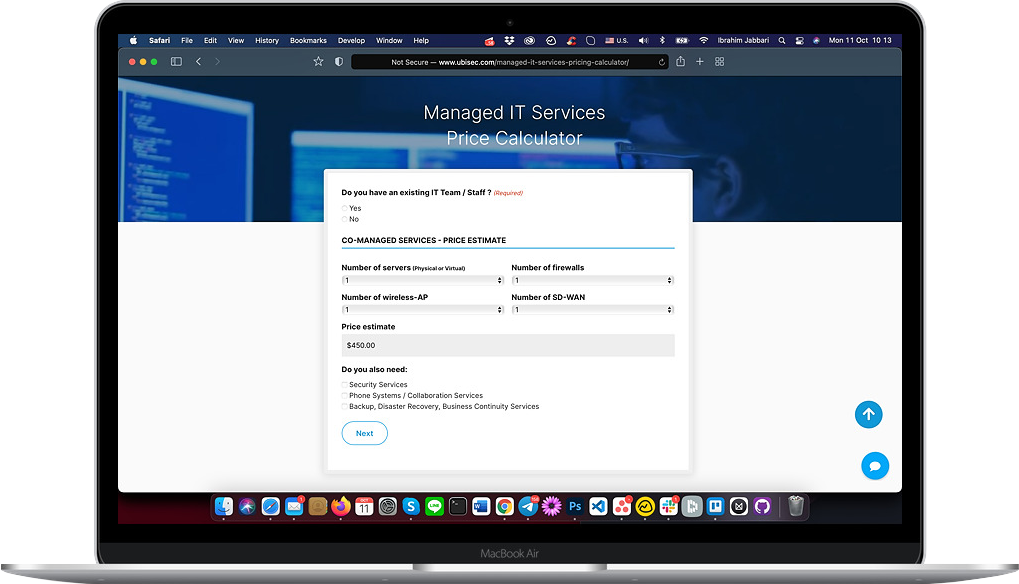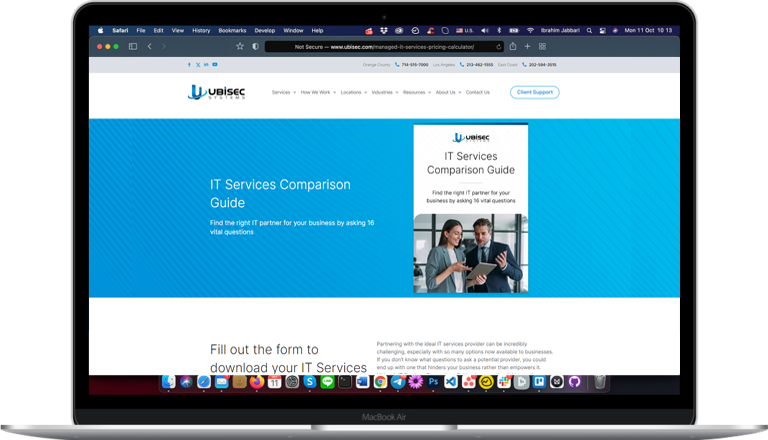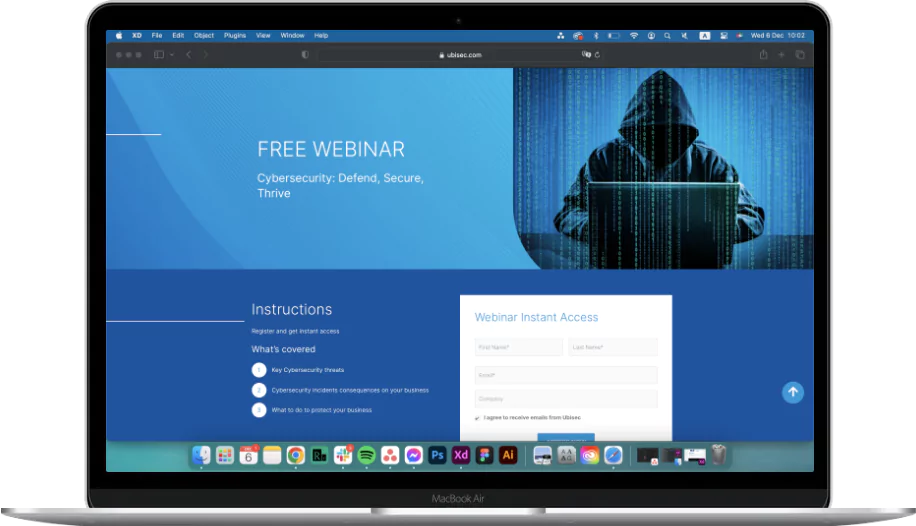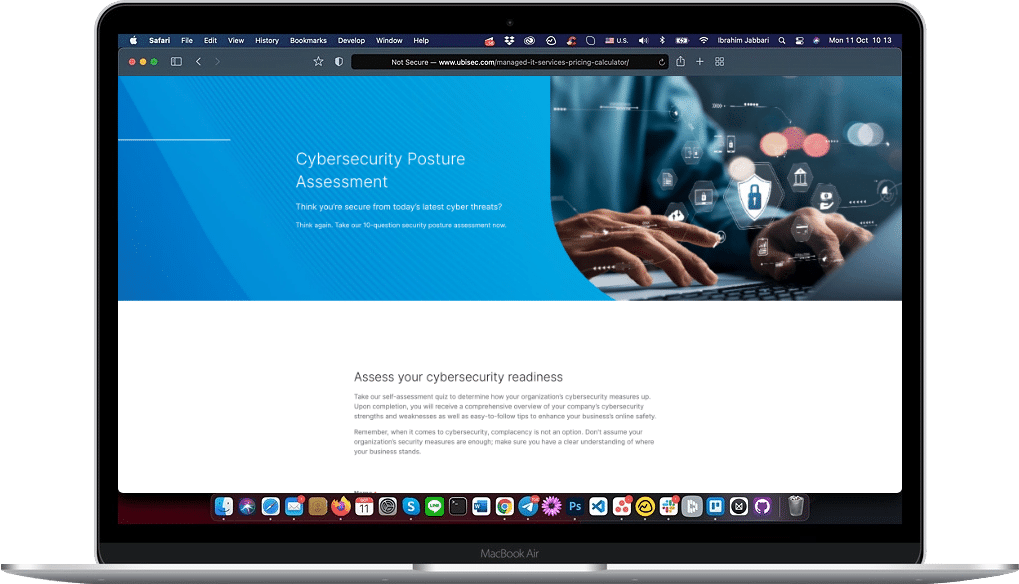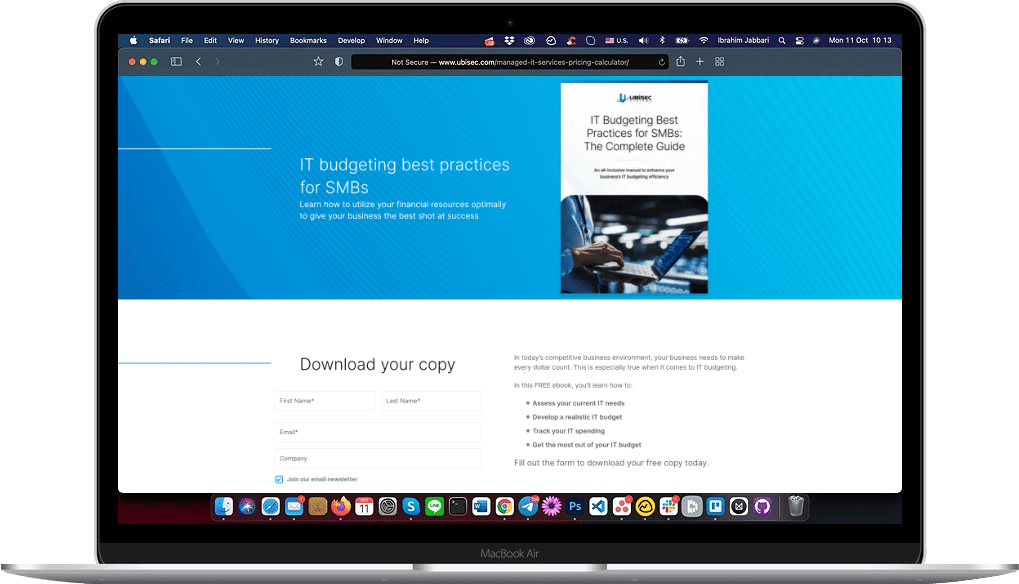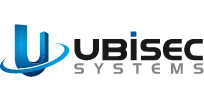More and more businesses are turning away from their traditional model of relying on support from third-party hardware providers in favor of IT outsourcing to a managed services provider (MSP). This removes the need to contact individual companies when a device breaks down and leaves all the servicing up to the IT provider. However, it’s important to have the terms of service clearly outlined so there is no misunderstanding when it comes to coverage.
An IT service level agreement (SLA) is a critical component of the agreement between a company and an MSP, outlining exactly what is included in the subscription cost. The SLA includes specific service levels that are provided, such as server uptime, support hours, remote working solutions, and incident response times. When engaging in IT department outsourcing, you should have a comprehensive understanding of the IT SLA to ensure you’re truly getting what you require.
All About IT Service Level Agreements
An SLA is a contract that outlines what a customer can expect from a third-party vendor, including specific metrics, obligations, time intervals, and measurements. It should also include clearly defined penalties for late or undelivered services, such as credit percentages for monthly subscriptions.
The benefits of having an SLA include:
- Improved clarity and understanding between the MSP and the customer
- Better guarantees regarding timing and quality standards
- Improved customer service with a communication and audit trail
- Defined remedies and penalties for poor performance or nondelivery
There are three different types of SLAs and the correct one for your business will depend on company size, industry, budget, and customization requirements. If your company uses mostly cloud-based services, for example, choose a service-based SLA that focuses on system availability. Companies that have a strong focus on customer service and require rapid response times may consider a customer-based SLA. A large corporation with several departments and a broad spectrum of service requirements may opt for a multilevel SLA that offers tiered coverage.
Customer-based SLA
This type of SLA bundles all the relevant services for an individual customer into a single contract, defining specifically what they need for their business. It’s a more tailored form of SLA that details exactly the type and quality of service that the customer requires.
Service-based SLA
This type of SLA is one of the most common, encapsulating a range of popular services into one SLA that is used for all customers. It fits the majority of business types and is usually the most cost-effective, covering software, hardware, cloud services, customer support and cybersecurity.
Multilevel SLA
A multilevel SLA is customized to the specific requirements of the end user and is commonly used by larger corporations that need varying agreement levels. A multilevel SLA splits up services between various delivery levels, including corporate, customer, and service. The corporate level acts as an umbrella document covering the most common requirements, including those in the customer and service level agreements. The customer and service level agreements are flexible contracts that can change as needed and supersede the corporate level agreement.
Top Six Things Your Company Should Look for in an IT Service Level Agreement
When signing up with a managed IT services provider, make sure your IT service level agreement includes the following items:
SLA objectives
Foremost, you’ll need to ensure the SLA clearly defines the objectives of the agreement. These should include all necessary details to avoid a dispute later on down the line. SLA objectives usually include the specific levels of service provided, time frames for service delivery, details of service quality, and the means of measuring service.
- Clearly defined service levels
- Commitments made by the service provider
- The quality of service that is expected
- How the quality of service will be measured
Service description
This section outlines what is included in the service and what isn’t, such as software, licenses, out-of-hours work, and work that isn’t included. The service description will detail how incidents are logged, response times that must be met, and procedures for delivery. It should include the type of software or operating system provided (ie., Microsoft, Apple) and types of hardware used (i.e., Cisco, HP), and whether certain physical work like cabling and cabinet installations are included. If the business is required to provide anything to assist in service delivery, it should be noted here.
- The various IT services to be delivered by the IT provider
- How service will be provided and procedures to follow
- Details of items or services that are not included as part of the SLA
- Steps that must be followed to facilitate service delivery (logging tickets, etc.)
Service availability
This section provides details on the quality of service availability that the SLA guarantees to the customer. Examples include network and service uptime, incident response times, what counts as downtime, and the compensation provided in the event of downtime. This section should also include a hardware maintenance schedule, data backup processes, and disaster recovery procedures.
- Server and network uptime.
- How downtime is defined and compensation details
- Backup information and disaster recovery procedures
- Clearly defined incident response times
- Networking monitoring and hardware maintenance schedule
Service availability reporting
Reporting is an important part of an SLA, as it helps to keep the business informed about everything that’s happening on the network. Without effective reporting, a small and easy-to-fix problem could keep occurring without your knowledge. The SLA should define what will be measured and the reports that will be provided, such as performance metrics, network availability statistics, and incident resolution times.
- Reports that provide important network information
- Performance metrics and statistics
- Information about factors affecting the SLA
- Monthly report showing incident resolution statistics
Technology access and support
The SLA must include a section covering the specific technical requirements of the company, including equipment volume, software licensing, vendor names, staff requirements, and nonspecific items. This section will help the service provider understand the hardware requirements of the company and ensure they can meet them. It’s also important for the company to know the type of hardware it will receive and if it fits in with its current operating model.
- Details of the hardware and software to be provided, including vendor names, etc.
- Details of the staff requirements and the amount of equipment required
- Information about any additional requirements for nonstandard technology
Service Failure and Disputes resolution
To avoid disputes, it’s important to outline exactly what the service provider is expected to do in the event of a service failure. This includes communication channels, resolution timelines, penalties, and compensation. This section can also include steps that the service provider will take to ensure service failure does not reoccur.
- The steps to be taken by the IT provider in the event of a service failure
- How service failures are communicated to the customer
- The penalties or compensation that will apply in the event of service failure
FAQs
Why do I need an IT service level agreement?
An IT SLA is an important document that defines the agreed level of service between a customer and a technology solutions provider. It will help you claim compensation from your service provider in the event of a service failure. Without an SLA, you may receive subpar service and have no written proof to back up your compensation claim.
Who provides the SLA?
In most cases, the service provider will provide a predefined SLA template that fits most business needs. However, customers with specific needs may choose to write up a customized SLA in collaboration with the service provider.
What are the key components of an SLA?
The key components that every SLA should include are:
- SLA Objectives
- Service Description
- Service Availability
- Reporting and Monitoring
- Technology Access
- Service Failure Terms
Get Quality Service with the Right IT Service Level Agreement
Having an SLA is critical to ensuring you get a decent level of service from your technology solutions provider, but not every SLA is made the same. It’s important to check that your SLA covers all your needs or you could suffer losses from downtime or lack of services.
With a clear understanding of the key elements that should be in your SLA, you’ll avoid any unexpected problems down the road. With all expectations and commitments clearly defined, you will maintain a better and longer-lasting relationship with your service provider.
UBISEC is a managed services provider that can help you formulate an IT service level agreement that fits your company’s specific needs. Reach out to UBISEC for a proposal for fully or co-managed IT services or individual IT services such as cybersecurity, remote work, and cloud solutions.
Interested to know the average cost? Try out our MSP price calculator and get an estimate.

